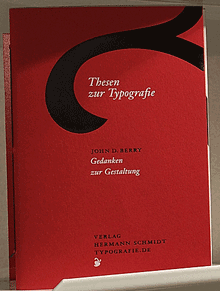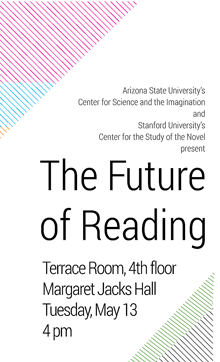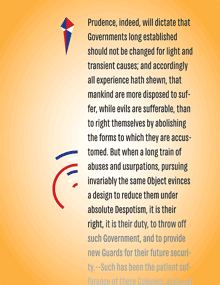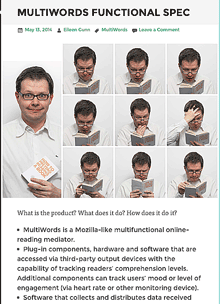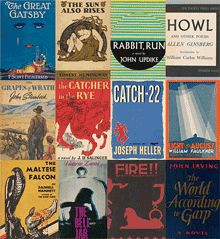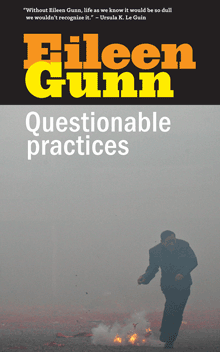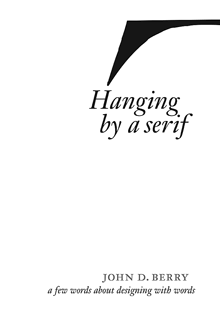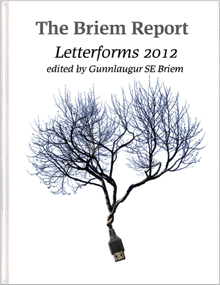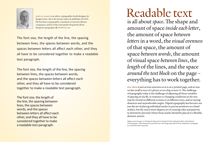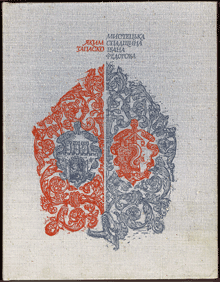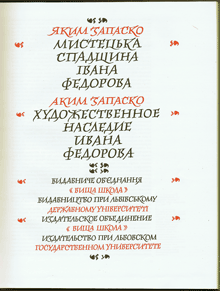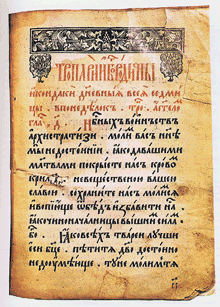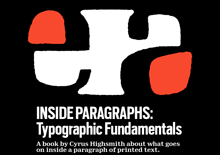When Eileen and I went over to the University of Washington the other day, to take a look at the magnificent century-old Yoshino cherry trees in bloom around the quad, we walked past the Magus used-book store on our way to the campus; our eyes were caught by the display of enticing books in the front windows. In fact, the display seemed so well calculated to appeal directly to us that I began fantasizing that the windows were really smart displays that targeted whoever happened to pass by on the sidewalk; a different person or group of people would perceive an entirely different display, tailored to their tastes and buying habits.
“Hey,” said Eileen when I told her this, “you mean they’ve got real physical books in buildings now? Books that you can pick up and hold in your hand?” She shook her head. “Who’d have guessed!” No, no, I assured her, it was just a virtual display; behind the windows we’d find no actual books. Just a digital buying experience.
But we stopped in on our way back from the cherry trees, and what I found on a back shelf was not virtual at all. It was a beautifully bound large-format book called Artistic Heritage of Ivan Fedorov, by Yakim Zapasko. At least, that’s the title in English; the book was published in Lvov in 1974, and its proper title is displayed bilingually in Ukrainian and Russian. The book is a catalog of the work of the 16th-century printer Ivan Fedorov (“and the masters that worked in association with him,” as an English summary carefully adds), who worked first in Muscovy and then in the Polish-Lithuanian Commonwealth (Moscow, Lvov, and Ostrog) and who is one of the fathers of eastern Slavic printing. The main text of the book is in both Ukrainian and Russian, but for those of us who are not fluent in either language the most rewarding part (besides the typography, design, printing, and binding of this book itself) is the illustrations: books printed by Ivan Fedorov, types he cast (both Cyrillic and Greek), initial letters and decorative ornaments, and the wonderfully complex “ligature lines” of intertwined capital letters. Just for lagniappe, the book’s title page and section pages feature magnificently energetic calligraphy in two colors and five languages. (Summaries and labels are provided in English, French, and German as well as Russian and Ukrainian.)

This copy is rubber-stamped by the Department of Slavic Languages and Literature of the University of Washington. What led the department to de-acquisition it, I have no idea; but it has found a good home now. Out of curiosity, once I got home I looked online; there were a number of copies available, at varying prices of course. One of the listings, through ABEbooks, had a note saying, “This copy is no longer available.” The listing was from Magus Books, so in fact “this copy” was the one I had in my hands. (Quick work, Magus!)
I love the early Cyrillic types, so much more vibrant to my eye than the westernized Civil Type introduced by Peter the Great. And I wondered, as I gazed over the pages, whether I had in fact seen some of these very books when I was in the rare-book libraries of Moscow or St. Petersburg.
It was a good day for both cherry blossoms and books.
[Images: top, cover of Artistic Heritage of Ivan Fedorov; middle, title page; bottom, a 16th-century book page; inline above, a red-printed ligature line.]
Categorized as book design, books, printing, publishing, type designers |


